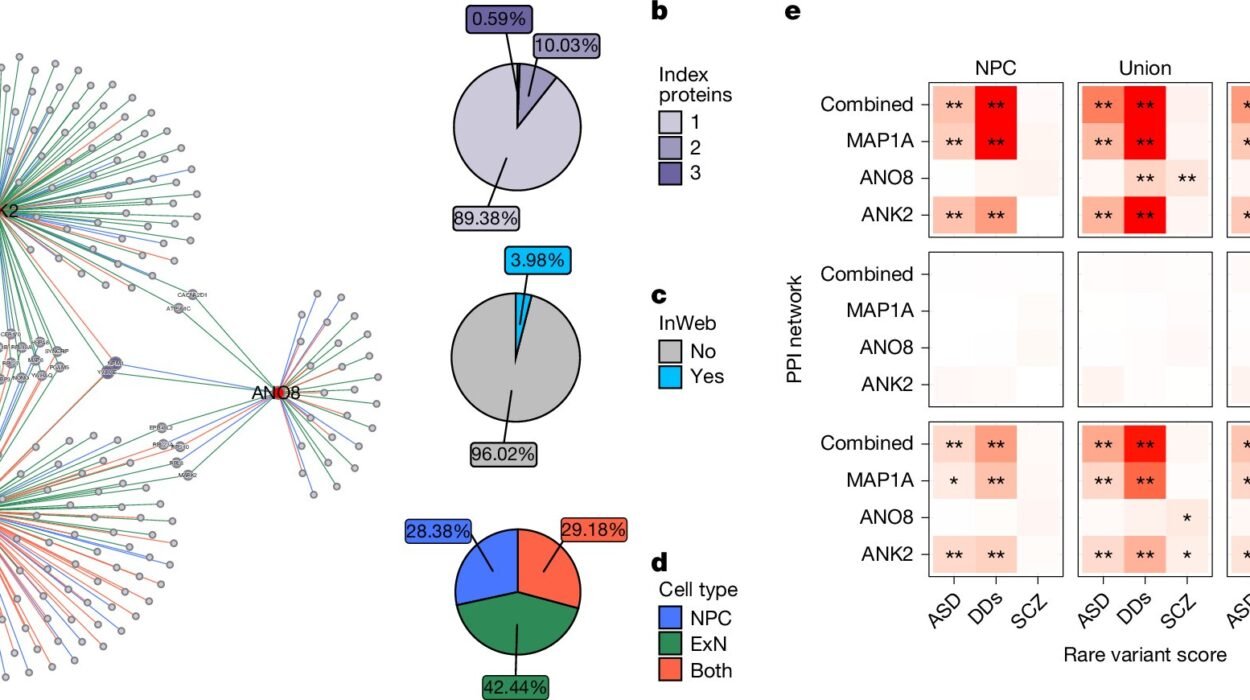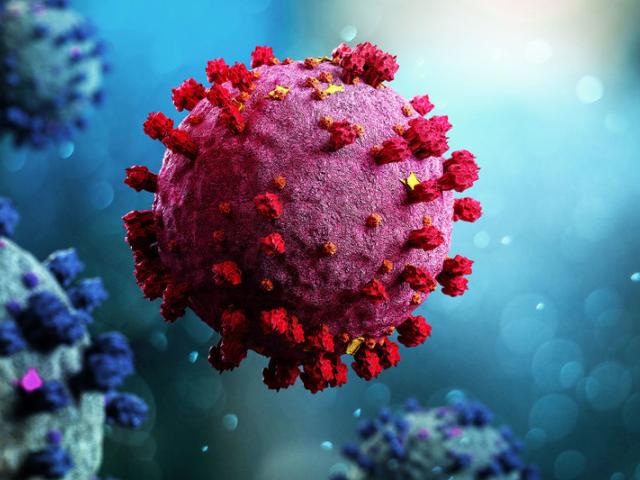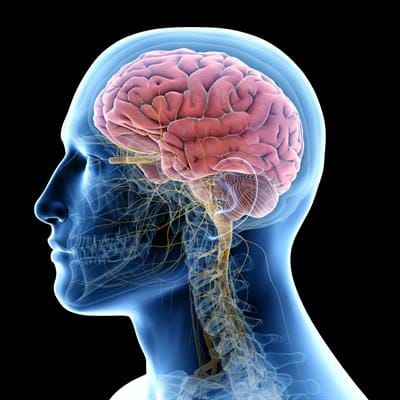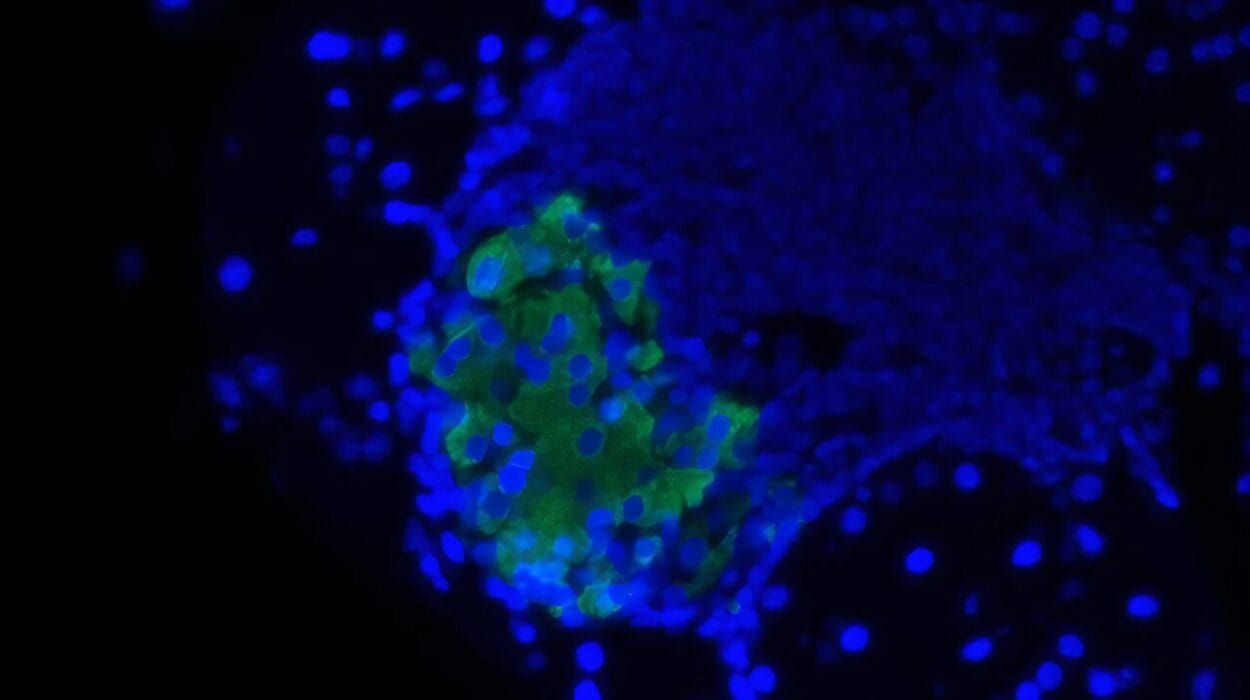There is a certain cruelty to a disease that steals your breath slowly. You wake up in the morning, lungs tight like fists, and find yourself gasping after a short walk. At first, it’s just a stubborn cough. Then comes the wheezing. Then the fear. Breathing—something most people do without thought—becomes a struggle. This is the reality for millions living with Chronic Obstructive Pulmonary Disease, or COPD.
COPD is not just a disease of the lungs. It is a condition that chips away at one’s quality of life, self-worth, and even identity. It is often misunderstood, underestimated, and underdiagnosed. Yet, according to the World Health Organization, COPD is one of the leading causes of death worldwide—claiming over 3 million lives every year.
But while COPD can be relentless, it is not invincible. With awareness, early diagnosis, and effective treatment, the course of this disease can be changed. It begins, as all things do, with understanding.
What Exactly Is COPD?
Chronic Obstructive Pulmonary Disease is a progressive lung disease characterized by chronic inflammation and obstruction of airflow. It’s an umbrella term that includes two primary conditions: chronic bronchitis and emphysema. Both of these disorders damage the lungs in different ways, but they frequently coexist in people with COPD.
In chronic bronchitis, the airways (bronchi) become inflamed and produce excess mucus, leading to a persistent cough and difficulty clearing the airways. In emphysema, the air sacs (alveoli) in the lungs are gradually destroyed, reducing the surface area for oxygen exchange. This makes it harder for oxygen to reach the bloodstream and for carbon dioxide to be expelled.
Together, these changes make breathing labored, reduce exercise tolerance, and create a vicious cycle of respiratory infection and decline.
The Long Journey to Diagnosis
COPD often begins with small annoyances—a smoker’s cough, breathlessness after climbing stairs. Many patients shrug it off as a normal part of aging or the consequence of a few bad habits. It isn’t until daily life becomes unmanageable that they seek help. And by then, the disease may have already caused significant damage.
Because COPD develops gradually and shares symptoms with asthma, heart failure, and other conditions, it is frequently misdiagnosed or overlooked. Yet early detection is critical. Once lung tissue is lost, it cannot be regenerated. But damage can be slowed, and symptoms managed.
The Causes: Smoke, Dust, and Invisible Threats
Cigarette Smoke: The Primary Culprit
The single most significant cause of COPD is tobacco smoke. Long-term smoking is responsible for up to 90% of COPD cases in high-income countries. With each puff of a cigarette, a toxic mix of chemicals—including tar, carbon monoxide, and free radicals—enters the lungs. These substances damage the delicate lining of the airways and destroy the alveoli, leading to chronic inflammation and scarring.
Smoking doesn’t just damage the lungs—it also alters the immune system, making the lungs more vulnerable to infections and exacerbations. Even those who quit smoking years ago may still face COPD if the damage had already begun.
Secondhand Smoke and Air Pollution
You don’t have to be a smoker to develop COPD. Exposure to secondhand smoke, especially in poorly ventilated homes or workplaces, carries similar risks. Air pollution, both indoor and outdoor, is another major factor. In developing countries, indoor air pollution from biomass fuel used for cooking or heating—such as wood, coal, or dung—poses a serious risk, especially for women and children.
Occupational Hazards and Chemical Exposure
Jobs that involve long-term exposure to dust, chemical fumes, or industrial gases—like construction, mining, textile manufacturing, or agriculture—can significantly increase the risk of COPD. These substances irritate the lungs over time, triggering the chronic inflammation that defines the disease.
Genetic Factors: Alpha-1 Antitrypsin Deficiency
Though rare, a genetic disorder called Alpha-1 Antitrypsin Deficiency (AATD) can also lead to COPD, particularly emphysema. Alpha-1 antitrypsin is a protein that protects the lungs from enzymatic damage. When it’s lacking, the lungs are vulnerable even without smoking. People with this condition often develop COPD earlier in life and may require specialized treatment.
Symptoms: When Breathing Becomes a Burden
COPD symptoms don’t appear overnight. They creep in quietly, disguised as aging or a busy lifestyle. But over time, the burden becomes impossible to ignore.
The most common symptoms include:
- Chronic cough: Often called a “smoker’s cough,” it may produce mucus and persist for months or years.
- Shortness of breath (dyspnea): Initially noticeable during physical activity, eventually present even at rest.
- Wheezing: A high-pitched whistling sound during breathing.
- Chest tightness: A feeling of pressure or constriction in the chest.
- Frequent respiratory infections: Such as bronchitis or pneumonia.
- Fatigue: As the body struggles for oxygen, even small tasks can feel exhausting.
- Cyanosis: A bluish tint to the lips or fingernails due to lack of oxygen.
As the disease progresses, people may experience exacerbations—sudden worsening of symptoms that may require hospitalization. These episodes are dangerous and accelerate the decline in lung function.
How Is COPD Diagnosed?
The Importance of Spirometry
The gold standard for diagnosing COPD is a simple but powerful breathing test called spirometry. This test measures the amount of air a person can exhale and how quickly they can do it. In particular, it calculates two key values:
- FEV₁ (Forced Expiratory Volume in one second): How much air you can forcefully exhale in one second.
- FVC (Forced Vital Capacity): The total amount of air you can exhale after taking a deep breath.
The FEV₁/FVC ratio is crucial. A ratio below 0.70 after using a bronchodilator (a drug that opens airways) typically confirms COPD.
Additional Tests
Beyond spirometry, physicians may use:
- Chest X-rays or CT scans: To detect emphysema or rule out other lung diseases.
- Arterial blood gas tests: To measure oxygen and carbon dioxide levels in the blood.
- Six-minute walk test: To assess exercise tolerance.
- Oximetry: A non-invasive way to monitor blood oxygen saturation.
For those suspected of having Alpha-1 Antitrypsin Deficiency, a blood test is also recommended.
The Stages of COPD
COPD is categorized by severity, often using the Global Initiative for Chronic Obstructive Lung Disease (GOLD) classification. This system uses FEV₁ percentages and symptom scores to divide the disease into four stages:
- Mild (GOLD 1): Few symptoms, slight airflow limitation.
- Moderate (GOLD 2): Increasing breathlessness, cough, and sputum.
- Severe (GOLD 3): Frequent exacerbations, reduced quality of life.
- Very Severe (GOLD 4): Life-threatening exacerbations, respiratory failure, or chronic hypoxia.
These stages guide treatment decisions and help patients understand their prognosis.
Treatment: Breathing Easier Again
Though there is no cure for COPD, the disease is highly treatable. The goal of therapy is to relieve symptoms, improve quality of life, and slow progression. A personalized treatment plan may include lifestyle changes, medications, oxygen therapy, and in severe cases, surgery.
Quitting Smoking: The Most Vital Step
For smokers, quitting is the most powerful intervention. It doesn’t reverse existing lung damage, but it dramatically slows the disease’s progression and reduces the risk of exacerbations. Support groups, counseling, nicotine replacement therapies, and medications like bupropion or varenicline can all aid in smoking cessation.
Bronchodilators and Inhalers
Bronchodilators are medications that relax the muscles around the airways, making it easier to breathe. These are typically delivered via inhalers or nebulizers. Types include:
- Short-acting bronchodilators (SABAs or SAMAs): Used for quick relief.
- Long-acting bronchodilators (LABAs or LAMAs): Used daily to maintain open airways.
Inhaled Corticosteroids
In some patients—particularly those with frequent exacerbations—inhaled corticosteroids are added to reduce airway inflammation. These are often combined with bronchodilators in a single inhaler.
Phosphodiesterase-4 Inhibitors
For those with severe COPD and chronic bronchitis, drugs like roflumilast can help reduce inflammation and prevent exacerbations.
Oxygen Therapy
When blood oxygen levels fall dangerously low, supplemental oxygen becomes necessary. This can be administered through nasal cannulas or face masks, either continuously or during exertion and sleep. For some, portable oxygen tanks restore a sense of freedom.
Pulmonary Rehabilitation
Pulmonary rehab is a structured program that combines education, exercise training, nutrition advice, and emotional support. It helps patients build endurance, improve breathing techniques, and manage anxiety related to breathlessness.
Surgical Options
In advanced cases, surgery may be considered:
- Lung volume reduction surgery (LVRS): Removes damaged lung tissue to improve breathing efficiency.
- Bullectomy: Removes large air pockets (bullae) that interfere with lung function.
- Lung transplant: For a small number of eligible patients, this can be life-saving.
Living With COPD: Challenges and Hope
COPD can be isolating. The fear of breathlessness, the physical limitations, and the stigma—especially for former smokers—can lead to depression and anxiety. But with proper support and education, people with COPD can lead meaningful lives.
Support groups, both in-person and online, offer community and shared experience. Respiratory therapists, nutritionists, and mental health professionals can play essential roles in care. Advances in digital health, including remote monitoring and AI-assisted inhalers, are providing new tools to manage the disease.
Most importantly, hope matters. Every breath regained, every stair climbed without gasping, every walk in the fresh air is a victory. COPD may be chronic, but so is the strength of those who fight it every day.
The Future of COPD Care
Research is ongoing into new treatments for COPD, including stem cell therapy, biologic drugs, and gene therapy. There’s growing interest in precision medicine—tailoring treatment to a person’s unique genetic and environmental profile.
Scientists are also exploring the microbiome of the lungs, investigating how the community of bacteria living in the airways might influence inflammation and infection risk.
Meanwhile, early detection remains a priority. Screening high-risk populations—such as older smokers or workers exposed to lung irritants—could catch the disease before it becomes debilitating.
A Breath of Understanding
To understand COPD is to recognize the bravery it takes to live with it. It’s a disease that affects not just the lungs but the entire rhythm of life. But with knowledge comes empowerment. With treatment comes relief. And with compassion—both from loved ones and from society—comes dignity.
For those with COPD, every breath is precious. Let us ensure they do not take it alone.






